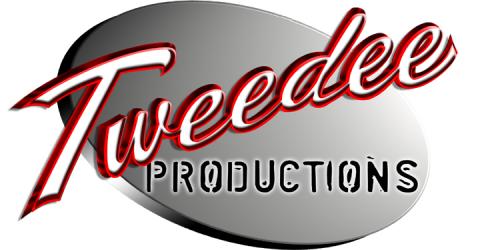We get that question a lot! Usually it comes after a brief, five-minute phone conversation with a third level office assistant charged with “getting a number” for his or her boss. The caller typically has very limited information as to what production elements are needed for their video. Yet, they expect us to spit out a number that we will have to live with moving forward. At times I’m tempted to say, “Good news! We have a web video special running today only. For the low, low-cost of only $1995 you get the web video, a thirty-second TV commercial, and…” These jobs usually do not go well.
Our business development guy, Mac Chorlton, recently sent me a link to a LinkedIn discussion about production rates for web videos. It was interesting to read about how other companies deal with the tricky issue of asking someone to pay a fee for what we do. After reading the string of comments, I concluded that others in our field have similar problems dealing with this issue. Obviously, there is no easy, one size fits all, answer to this question. However, it is reassuring that Tweedee Production’s rates and the way we charge for our time are in the “video production ballpark” as compared to other video production companies around the country.
When it comes to giving a client a ballpark number for producing a video, some providers use the “per finished minute” concept in pricing. This number typically ranges between $1,000 and $1,500. I don’t like pricing projects this way because there are way too many variables in what we might have to do to produce a successful video. Jack Trammell of Dallas/Fort Worth contributes this brilliant observation on the LinkedIn discussion, “Paying for a produced video by the minute is like paying for a car by the pound. There are just too many variables that make that equation unrealistic for most productions…” A post by Scott Frangos reads, “Rates in Portland, Oregon range from $1500 per finished minute to $4500, depending on size of team, scope of concept, and production values.” Quite a range!
Our approach here at Tweedee Productions is to ask a lot of questions. So, before you pop the question on cost, have a good understanding of what you are trying to accomplish with your video. Be specific, usually the “one size fits all” approach results in a watered down, ineffective, generic video. Once we know what the intent is for your video we will prepare a detailed budget based on fairly standard market rates and pricing concepts. We structure our pricing the same way that Rich Dubek’s company does in Phoenix, “We bill based on set rates for full day or 1/2 day, and hourly rates for logging, script writing, and editing.”
Most of the story-based, interview-driven web videos we produce are in the $5,000-9,000 range on average. Again, even within this narrowly defined video category, there can be a number variables that will determine the ultimate cost. So, if someone tells you after a five-minute phone call that they can do your video for $1995, ask yourself if you will be getting a video specific to your needs. Lauri Oliva of Miami confirms what we all know, “I always refer back to the old adage, you get what you pay for.”

Producing a web video.
Gregg Schieve
June 13, 2012
Categories: Uncategorized . Tags: advertising, budgeting, business, communication, company, creative, economy, editing, encoding, format, Friends, hi def, high definition video, mac chorlton, madison, marketing, media, midwest, mobile, online video, post production, pre-production, pricing, producing, production, productions, social media, social network, tweedee, Video Editing, Video Production, Web Video, website video, wisconsin . Author: durkjohnson . Comments: 2 Comments










